What is a Tailored Cover Letter?
A tailored cover letter is a personalized document that accompanies your resume when applying for a job. Unlike a generic cover letter, a tailored one is specifically crafted for each position you apply for. It demonstrates to the hiring manager that you’ve taken the time to understand the company, the role, and how your skills and experiences align with their needs. This level of personalization significantly increases your chances of getting noticed and securing an interview. The goal of a tailored cover letter is to showcase your understanding of the job requirements and your genuine interest in the opportunity. It’s about making a strong first impression that sets you apart from the competition and highlights your unique value proposition.
Understanding the Importance of a Tailored Cover Letter
In today’s competitive job market, a tailored cover letter is no longer optional; it’s essential. Employers receive numerous applications for each open position. A generic cover letter can easily be overlooked, as it doesn’t provide any specific reasons why you are a good fit for the particular role or company. A tailored cover letter allows you to stand out by directly addressing the employer’s needs and demonstrating your genuine interest in the opportunity. It proves you’ve done your research, understand the company culture, and possess the skills and experiences that align with the job description. It’s your opportunity to show, not just tell, why you’re the perfect candidate for the job. Think of it as a strategic marketing tool, designed to sell your unique strengths to a potential employer.
Why Tailoring Matters
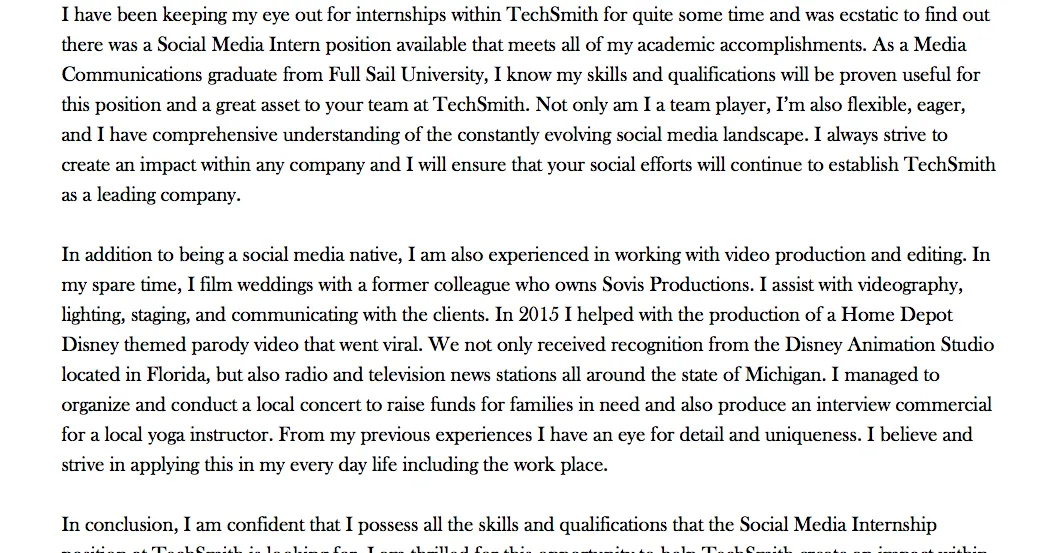
Tailoring your cover letter is crucial because it shows you’re not just sending out mass applications. It signifies that you’ve invested time and effort into understanding the specific role and the company’s needs. This effort demonstrates your genuine interest and commitment. Tailoring allows you to highlight the most relevant aspects of your skills and experiences, aligning them directly with the job requirements. This relevance captures the hiring manager’s attention and makes them more likely to consider your application. A well-tailored cover letter also provides an opportunity to address any potential gaps in your resume or explain career transitions, giving you greater control over how you present your qualifications. It allows you to present yourself as the perfect fit, making it clear why the company should hire you over other candidates.
How to Research the Company and Role
Thorough research is the foundation of a well-tailored cover letter. Start by visiting the company’s website, paying close attention to their mission, values, and recent news. Explore their ‘About Us’ section, read blog posts, and look for information about their culture and work environment. Use LinkedIn to research the company’s employees, especially those in the hiring manager’s role or the team you’re applying to join. Examine the job description meticulously. Identify the key responsibilities, required skills, and preferred qualifications. Understanding these details allows you to tailor your cover letter to directly address the employer’s needs. This research phase is critical as it provides the insights you need to craft a compelling narrative that resonates with the hiring manager and demonstrates your understanding of the role and the company’s goals. (Image: cover-letter-research.webp)
Analyzing the Job Description
The job description is your roadmap. Carefully analyze each requirement, from the essential skills to the desired experience. Look for keywords and phrases used to describe the role’s responsibilities and the ideal candidate’s qualifications. Identify the top priorities for the position – what skills and experiences are most critical for success? Make a list of these key requirements. Then, assess how your skills, experiences, and accomplishments align with these requirements. Use this analysis to structure your cover letter, ensuring that you highlight the most relevant information and demonstrate how you meet the employer’s needs. If you’re missing a specific skill, consider how you can showcase transferable skills from other experiences that can be applied to the role. This careful analysis ensures that your cover letter speaks directly to the employer’s needs and demonstrates your suitability for the position.
Identifying Key Requirements and Keywords
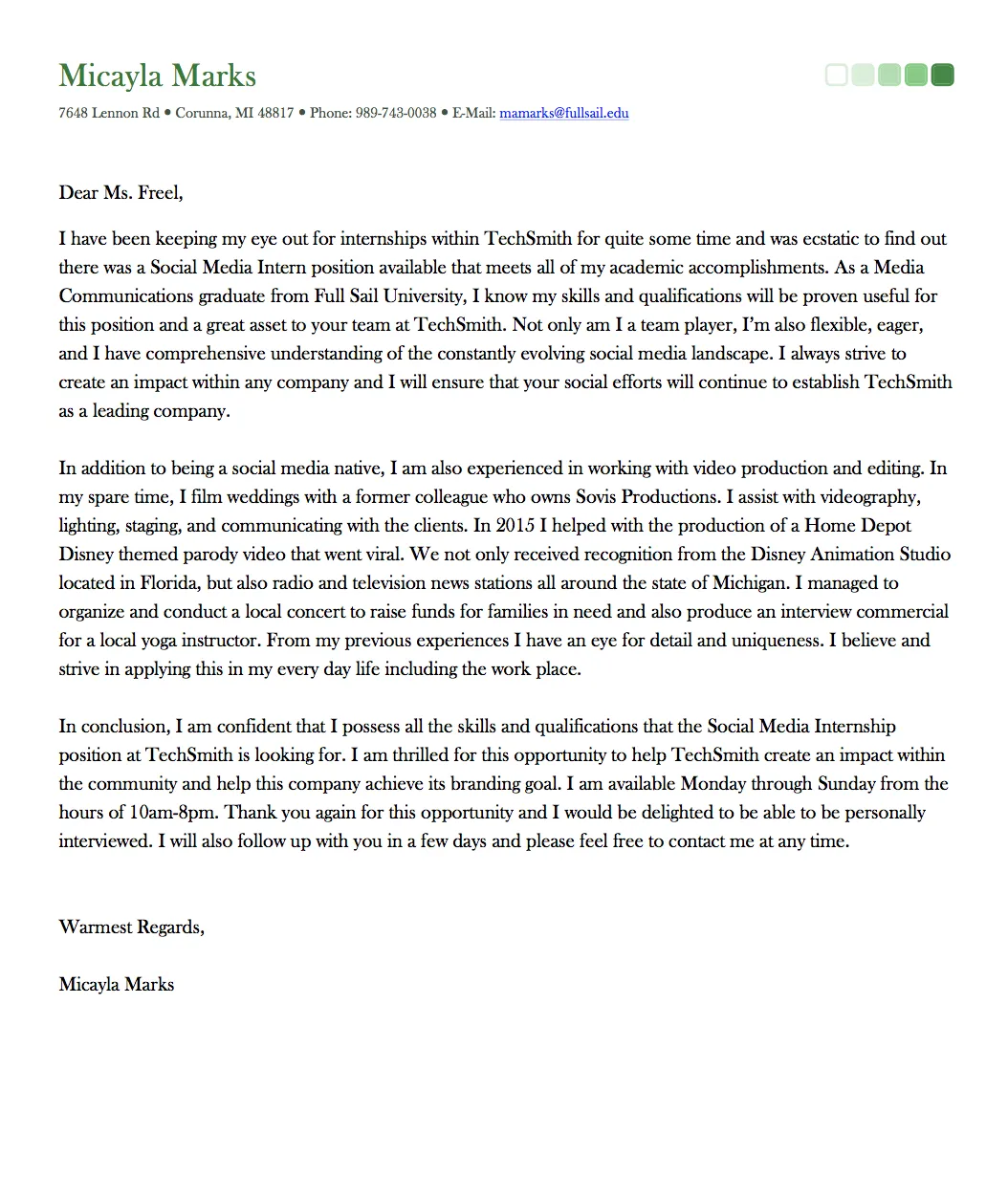
Once you’ve analyzed the job description, identify the most important keywords and key requirements. These are the words and phrases that the hiring manager will be looking for when screening applications. Create a list of these keywords, and then integrate them naturally into your cover letter. Don’t just stuff keywords into your writing; instead, use them in context to showcase your skills and experiences. For example, if the job description mentions ‘project management,’ ensure you highlight your project management experience and skills. By using relevant keywords, you help your cover letter get past applicant tracking systems (ATS) and catch the hiring manager’s attention. The goal is to demonstrate clearly and concisely that you possess the skills and qualifications that the employer is seeking, making your application stand out from the competition.
Crafting a Compelling Introduction
Your introduction sets the tone for your entire cover letter, so make it count. Start with a strong opening sentence that grabs the reader’s attention. Mention the specific position you’re applying for and where you found the job posting. Show your enthusiasm for the role and the company. Briefly mention one or two key qualifications or achievements that immediately demonstrate your suitability for the position. Avoid generic opening lines. Instead, personalize your introduction by referencing something specific about the company or the role that excites you. Your introduction is your first chance to make a positive impression and encourage the hiring manager to read the rest of your cover letter. (Image: compelling-introduction.webp)
Highlighting Relevant Skills and Experiences
The body of your cover letter should showcase your most relevant skills and experiences. Choose the experiences and skills that directly align with the job requirements and the company’s needs. Provide specific examples of your accomplishments, using the STAR method (Situation, Task, Action, Result) to illustrate your contributions. Quantify your achievements whenever possible. For instance, instead of saying you ‘managed projects,’ state that you ‘managed projects, resulting in a 15% increase in efficiency.’ Tailor your examples to the specific role you’re applying for, highlighting the skills and experiences that the employer values most. Your goal is to show, not just tell, the hiring manager that you possess the skills and experiences necessary to excel in the position. (Image: skills-experience.webp)
Quantifying Achievements with Numbers
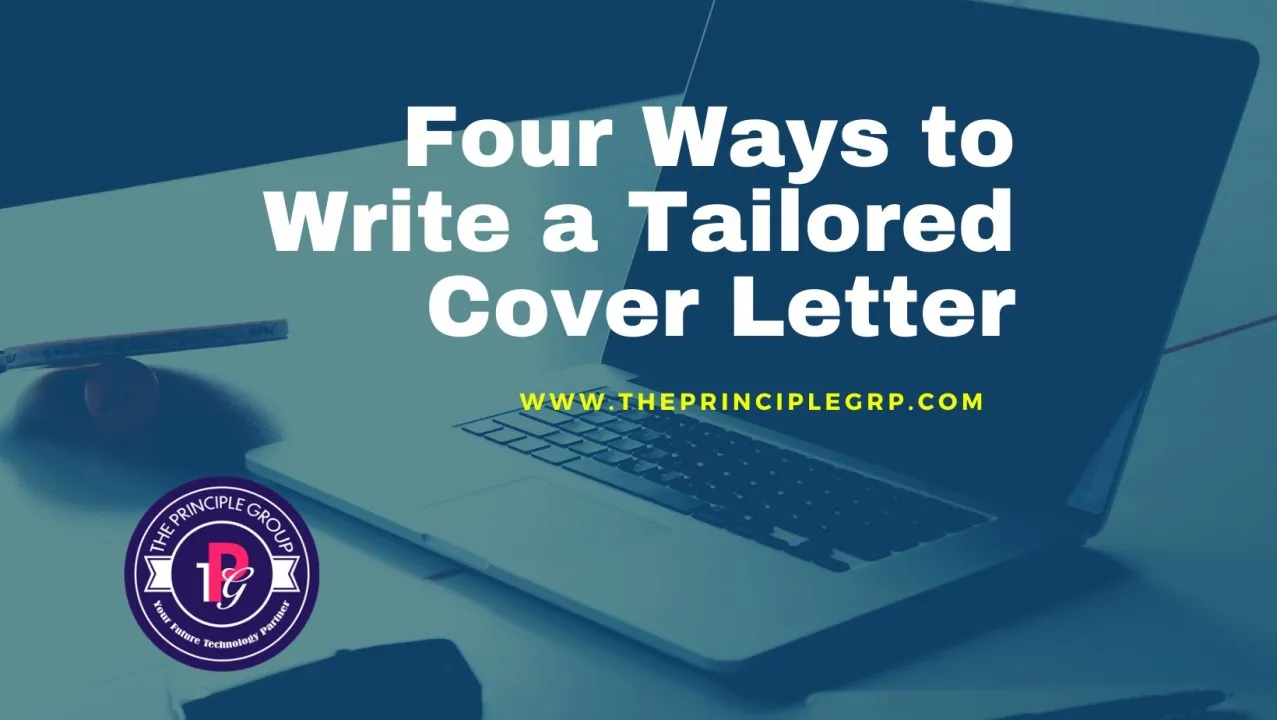
Quantifying your achievements is crucial for making your cover letter more impactful. Use numbers, percentages, and specific metrics to demonstrate the results of your actions. Instead of saying you ‘improved customer satisfaction,’ state that you ‘increased customer satisfaction scores by 20%.’ Instead of saying you ‘managed a team,’ state that you ‘managed a team of 10 employees, consistently meeting or exceeding targets.’ Quantifiable achievements provide concrete evidence of your skills and contributions. They help the hiring manager quickly assess your value and the impact you can make in the role. By using numbers, you transform your claims into verifiable achievements that set you apart from other candidates. (Image: quantifying-achievements.webp)
Tailoring Your Cover Letter Body
The body of your cover letter should be customized to fit the specific requirements of each job you apply for. Avoid using a generic template. Instead, focus on the key skills and experiences highlighted in the job description. Structure your cover letter to address the employer’s needs directly. For instance, if the job description emphasizes problem-solving skills, provide examples of how you’ve successfully solved problems in previous roles. If the job requires a specific software proficiency, highlight your expertise. Refer to the company’s website and mission statement to understand their priorities and align your cover letter accordingly. Tailoring your cover letter body to the specific needs of each role makes it clear to the hiring manager that you have taken the time to understand their needs and that you are the ideal candidate. (Image: tailored-cover-letter-example.webp)
Showcasing Your Understanding of the Company
Demonstrating your understanding of the company is vital for a compelling cover letter. Refer to the company’s mission, values, and recent achievements. Show that you’ve researched the company by mentioning specific projects, initiatives, or products that resonate with you. Explain how your skills and experiences align with the company’s goals and how you can contribute to its success. Referencing specific details that demonstrate your knowledge of the company’s work helps to create a strong connection with the hiring manager. This attention to detail indicates that you are genuinely interested in the company and that you understand what the company does and what they are trying to achieve. It makes your application stand out from other candidates, who may have used a generic cover letter.
Aligning Your Skills with Company Values
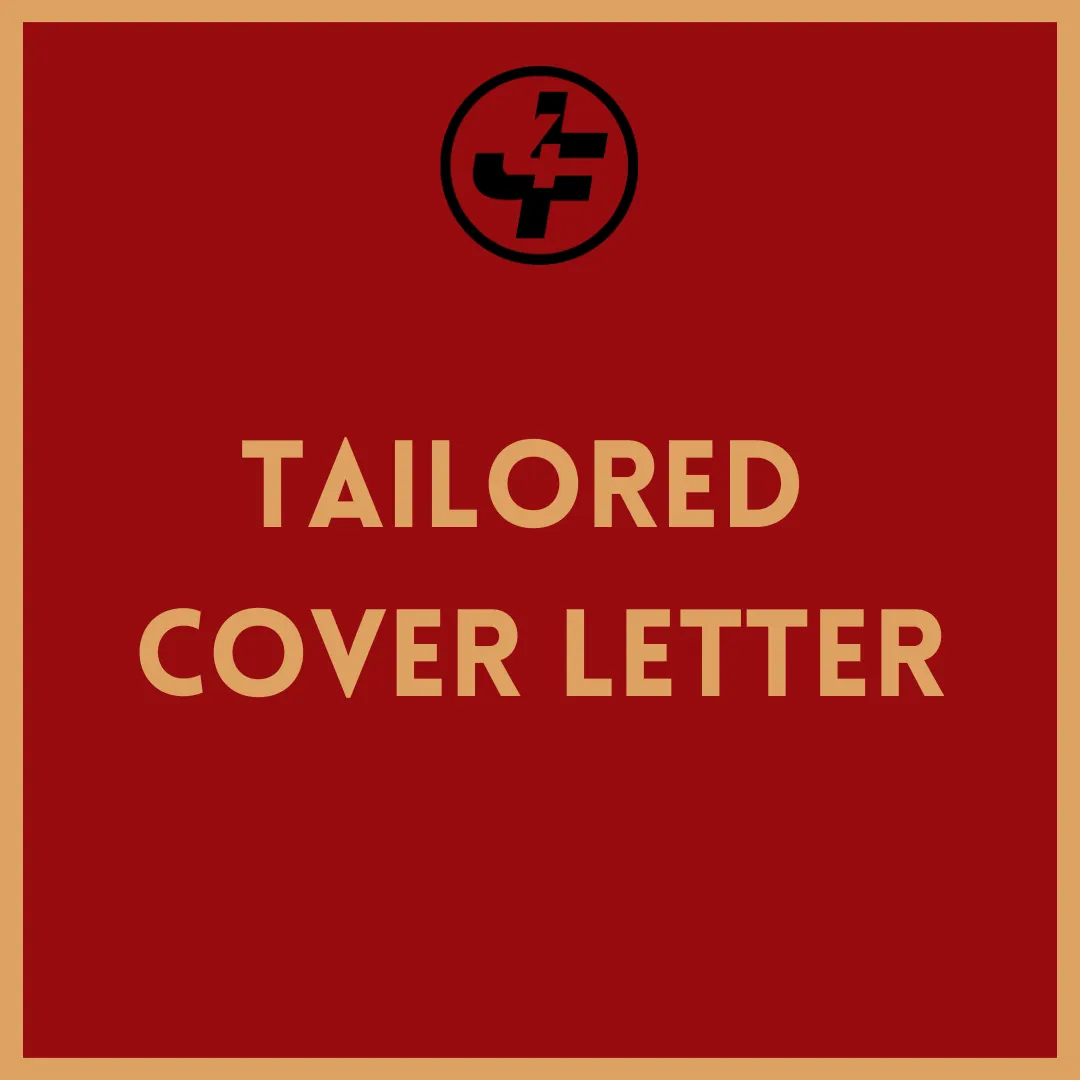
Every company has a set of values that guide its culture and operations. Aligning your skills and experiences with these values can significantly increase your chances of getting hired. Research the company’s values by visiting their website, reviewing their social media profiles, and reading employee reviews. Identify how your skills and experiences reflect these values. For example, if a company values teamwork, provide examples of your ability to collaborate effectively. If the company emphasizes innovation, highlight your creative problem-solving skills. Directly addressing the company’s values shows that you’re not only qualified for the role but also a good fit for the company culture. This alignment demonstrates that you are a candidate who is committed to the same principles as the company and will therefore be an asset to the organization.
Demonstrating Your Enthusiasm and Fit
Expressing genuine enthusiasm for the role and the company is critical. Write with a positive and energetic tone. Explain why you are excited about the opportunity and what you find appealing about the company. Show that you’ve researched the company and have a clear understanding of the role. Use phrases such as ‘I am particularly excited about…’ or ‘I was impressed by…’. Briefly explain how your skills and experiences make you the perfect fit for the role. Demonstrate your understanding of the company’s mission, values, and culture. When you communicate your enthusiasm effectively, you create a memorable impression, which makes the hiring manager eager to learn more about you. A cover letter should be a glimpse into your professional personality and your passion for the work.
Writing a Strong Conclusion
Your conclusion should leave a lasting positive impression. Summarize your key qualifications and reiterate your interest in the position and the company. Make it clear why you are a good fit. Thank the hiring manager for their time and consideration. Proofread your conclusion carefully to ensure it is free of errors. A well-written conclusion reinforces your value and motivates the hiring manager to take the next step. Your closing paragraph should leave the hiring manager feeling confident about the possibility of the contribution you can make. Don’t forget to make a lasting impression that will enhance your chances of success.
Reiterating Your Interest and Value
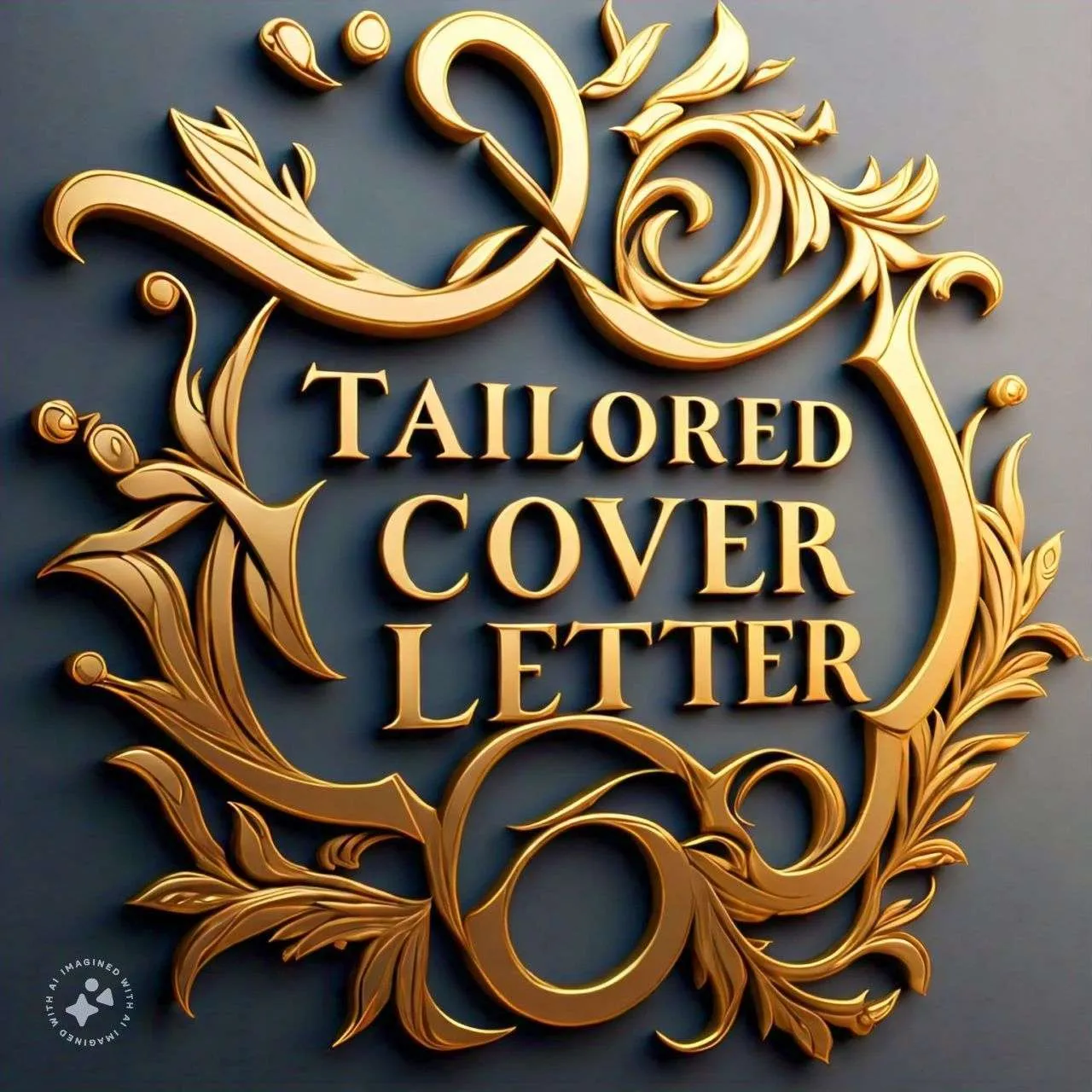
In your conclusion, reiterate your interest in the position and the company. Briefly remind the hiring manager why you are a good fit. Summarize your key qualifications and highlight the unique value you bring. Reinforce the reasons why you are the best candidate for the role. Your goal is to remind the hiring manager of your strengths and your enthusiasm for the opportunity. End your cover letter with a strong statement that reinforces your passion. Let the hiring manager know that you are genuinely enthusiastic about the possibility of joining their team. This final emphasis helps to keep your application at the top of their mind and increases your chances of securing an interview.
Including a Clear Call to Action
End your cover letter with a clear call to action. Explicitly state your interest in an interview and express your availability. You can say, ‘I am eager to discuss my qualifications further and am available for an interview at your earliest convenience.’ Provide your contact information again to make it easy for the hiring manager to reach you. Including a clear call to action demonstrates your enthusiasm and initiative, encouraging the hiring manager to take the next step. A call to action provides a clear indication of your intentions, and it prompts the hiring manager to respond. This direct and proactive approach can significantly increase your chances of getting an interview.
Formatting and Proofreading Your Cover Letter
The formatting and proofreading of your cover letter are as important as its content. Your cover letter is a reflection of your attention to detail, writing skills, and professionalism. Ensure your cover letter is well-formatted, easy to read, and free of errors. Use a professional font, such as Times New Roman or Arial, and maintain consistent formatting throughout the document. Proper formatting makes your cover letter more appealing to the reader. Proofreading is crucial for avoiding grammatical errors, spelling mistakes, and typos. Proofread multiple times. Ask a friend or family member to review your cover letter for accuracy. An error-free cover letter demonstrates your commitment to excellence and increases your chances of a positive impression. (Image: cover-letter-formatting.webp)
Choosing the Right Font and Layout
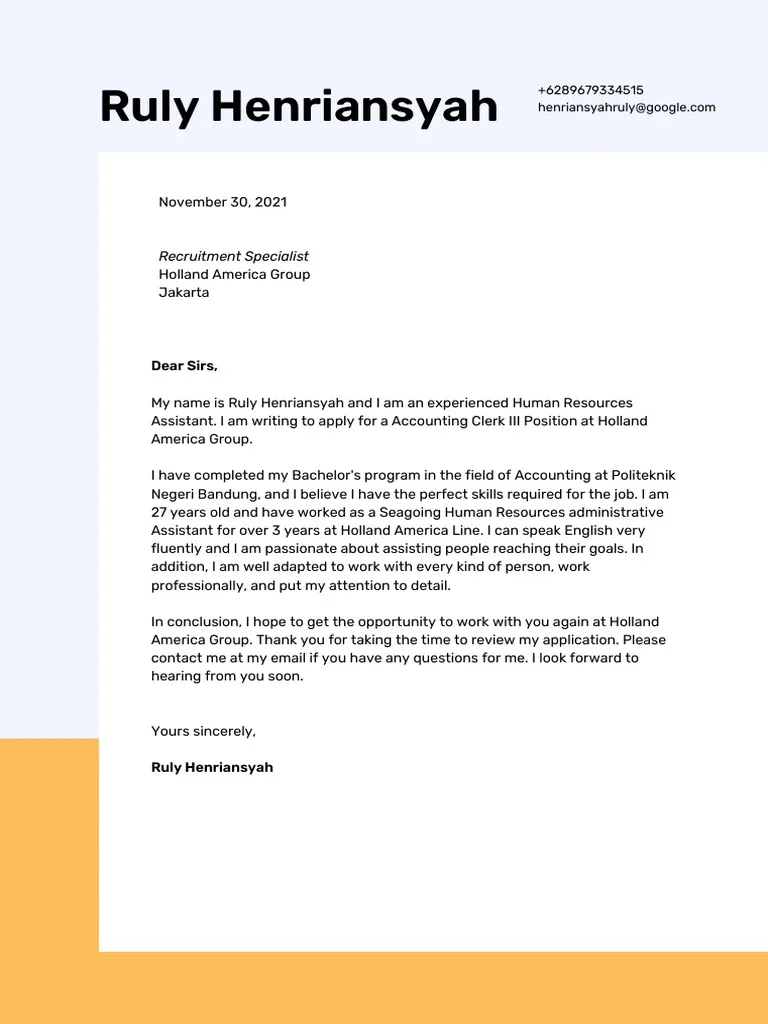
Select a professional and easy-to-read font, such as Times New Roman, Arial, or Calibri. Use a font size between 10 and 12 points. Maintain consistent formatting throughout your cover letter, including the font, font size, line spacing, and paragraph spacing. Use clear headings and subheadings to organize your content and make it easy for the hiring manager to scan. Avoid using overly decorative or distracting fonts. Your goal is to make the cover letter visually appealing and easy to read. Ensure that there is enough white space on the page to prevent the document from appearing cluttered. A well-formatted cover letter will make a positive impression and demonstrate your attention to detail.
Proofreading for Grammar and Spelling Errors
Proofreading is a critical step in the cover letter writing process. Carefully check your cover letter for grammar, spelling, and punctuation errors. Use a grammar and spell-checking tool, but don’t rely on it entirely. Read your cover letter aloud, as this often helps you catch mistakes that you might miss when reading silently. Ask a friend or family member to proofread your cover letter. Proofreading is essential for maintaining a professional image. Grammatical errors and typos can undermine your credibility and give the impression that you don’t pay attention to detail. A well-proofread cover letter demonstrates your writing skills, attention to detail, and commitment to excellence. It is essential to thoroughly proofread every single cover letter you send.
Using Keywords Effectively
Integrate keywords from the job description naturally into your cover letter. Don’t just stuff keywords into your writing; instead, use them in context to showcase your skills and experiences. Use the same language and terminology that the employer uses in the job description. This not only helps your cover letter pass applicant tracking systems (ATS) but also demonstrates that you understand the role and the company’s needs. Make sure that the keywords are relevant to your skills and experiences. This integration makes it clear that you possess the qualifications that the employer is seeking. Always use keywords in a natural way; otherwise, it might seem forced and detract from your writing. By using keywords effectively, you maximize your chances of getting past the initial screening stage.
Top Tips for Cover Letter Success
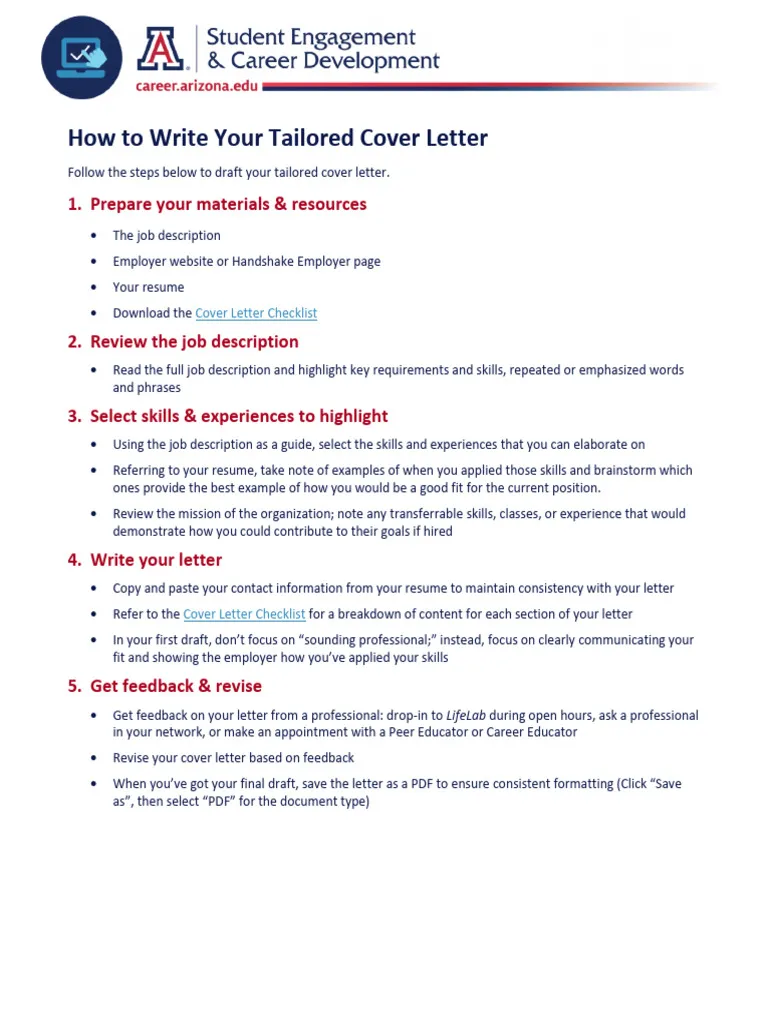
Keep your cover letter concise and focused. Aim for one page, unless specifically requested otherwise. Use clear and concise language. Avoid jargon and overly complex sentences. Tailor your cover letter to each specific job application. Don’t rely on a generic template. Proofread your cover letter carefully. Ensure it is free of errors in grammar, spelling, and punctuation. Highlight your most relevant skills and experiences. Quantify your achievements whenever possible. Show enthusiasm for the role and the company. Research the company and demonstrate your understanding of their mission, values, and culture. (Image: industry-specific.webp)
Tailoring for Different Industries and Roles
The principles of tailoring a cover letter remain the same across all industries and roles. However, the specific emphasis and content of your cover letter will vary depending on the industry and the position you are applying for. Research the industry standards and expectations. Use industry-specific language and terminology. Highlight the most relevant skills and experiences for the specific role. For example, a cover letter for a tech role may highlight technical skills, while a cover letter for a creative role may emphasize creativity and portfolio work. Tailoring your cover letter to the nuances of each industry and role is essential for demonstrating your understanding of the job and the employer’s needs. Consider tailoring the tone of your cover letter based on the industry and role to convey your enthusiasm and knowledge of the profession.
Cover Letter Mistakes to Avoid
Avoid these common mistakes to increase your chances of success. Do not use a generic cover letter. Tailor each letter to the specific job. Do not make grammatical errors or spelling mistakes. Proofread carefully before submitting. Do not use jargon or overly complex language. Write clearly and concisely. Do not be overly long. Aim for one page unless otherwise specified. Do not focus solely on what you want; focus on what you can offer the employer. Do not forget to include a call to action. Clearly state your interest in an interview. Avoid negative language. Do not write about past issues that could make you seem unfit. The goal is to present yourself in the best possible light. (Image: cover-letter-mistakes.webp)
